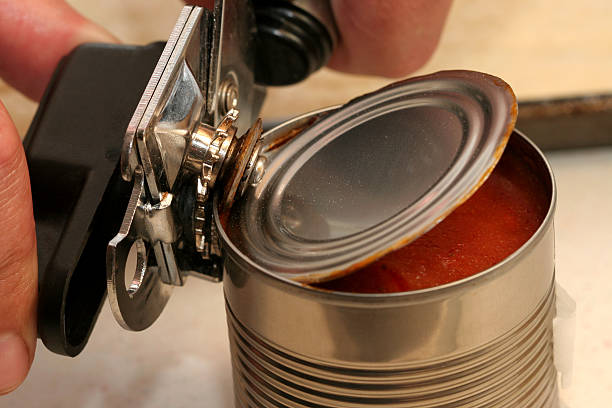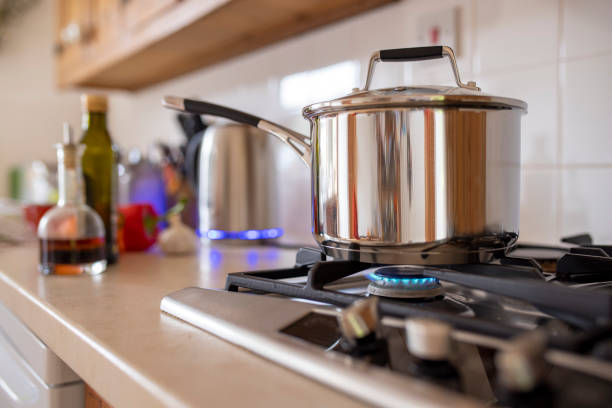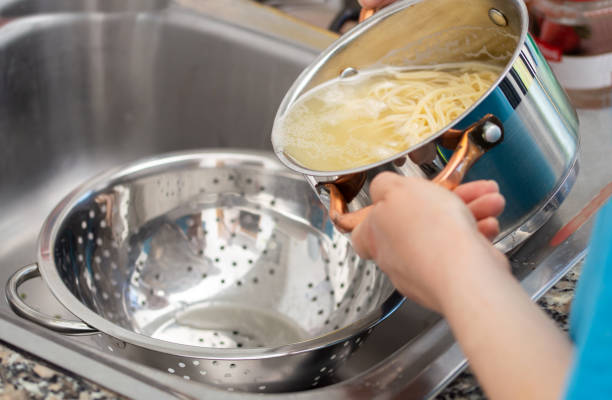Can Opener: Unveiling the Gateway to Culinary Convenience
In the culinary symphony of efficiency and convenience, the can opener takes center stage as a humble yet indispensable maestro. This unassuming tool, designed to effortlessly unveil the contents of sealed cans, has become a staple in kitchens around the world. In this exploration, we dive into the history, design, applications, and enduring significance of the can opener—a gateway to culinary convenience that has withstood the test of time.
Historical Prelude:
The journey of the can opener unfolds against the backdrop of food preservation challenges and innovations. The concept of sealing food in cans for preservation can be traced back to the early 19th century, primarily driven by the need to address issues of spoilage during long sea voyages and military campaigns.
The initial cans were sealed with solder or lead, creating a formidable barrier for those seeking access to the contents within. The first can openers, introduced in the mid-19th century, were simple manual tools designed to puncture and cut through the metal lids of cans. Over time, as canning technology advanced, so did the design and functionality of can openers, evolving into the diverse array of models available today.
Design Variations:
The can opener’s evolution has yielded various designs, each catering to specific preferences and applications. The primary types of can openers include manual, electric, and safety can openers.
- Manual Can Openers:
- Traditional Handheld: This classic design features a rotating wheel, a serrated blade, and a handle. The user grips the handle, rotates the wheel, and guides the blade around the can’s rim to cut through the lid.
- Butterfly or Church Key: Characterized by a butterfly-shaped design, this manual opener requires puncturing the can lid with a pointed end and then using the wings to pry the lid off.
- Electric Can Openers:
- Electric can openers automate the process, minimizing manual effort. They typically feature a magnetic lid holder, a cutting mechanism, and a lever or button to initiate the cutting process. Electric openers are convenient for those with limited hand strength or mobility.
- Safety Can Openers:
- Safety can openers are designed to minimize contact between the user and the can lid. They cut along the side of the can’s rim, leaving a smooth edge and reducing the risk of sharp edges. Some safety can openers also feature a lid-grabbing magnet for easy removal.
- Top-Cutting Can Openers:
- Top-cutting can openers, also known as side-cut or side-opening can openers, cut along the top edge of the can rather than the lid. This design prevents contact with the lid’s sharp edges and allows for easy removal of the lid without it falling into the contents.
Applications in the Kitchen:
The can opener’s utility extends beyond its primary function of opening canned goods. It plays a pivotal role in meal preparation, enabling quick access to a variety of ingredients and simplifying the cooking process:
- Ingredient Access: The fundamental purpose of a can opener is to grant access to the ingredients within sealed cans. This is particularly valuable for staples like beans, tomatoes, tuna, and soups, allowing cooks to incorporate these ingredients into a wide range of recipes.
- Meal Convenience: Canned goods are renowned for their convenience and extended shelf life. With a can opener at hand, home cooks can effortlessly add canned vegetables, fruits, and proteins to their meals, reducing prep time and ensuring a consistent supply of ingredients.
- Emergency Preparedness: Can openers are essential tools in emergency preparedness kits. Canned foods, with their long shelf life, are reliable sources of sustenance during emergencies, and a can opener ensures timely access to these provisions.
- Versatility in Ingredients: A can opener opens the door to a diverse array of ingredients, ranging from canned sauces and broths to exotic fruits and specialty products. This versatility allows cooks to experiment with different flavors and cuisines.
- Efficiency in Cooking: Whether it’s adding a can of diced tomatoes to a pasta sauce or incorporating canned beans into a chili, the can opener streamlines the cooking process, making it more efficient and accessible to a wide range of home cooks.
- Bulk and Batch Cooking: For those engaged in bulk or batch cooking, where large quantities of ingredients are required, a can opener facilitates the swift incorporation of canned goods, contributing to the overall efficiency of the cooking endeavor.
Maintenance and Care:
Proper maintenance ensures that a can opener remains a reliable and sanitary tool in the kitchen. Here are some tips for maintaining and caring for your can opener:
- Cleaning: Regularly clean your can opener after each use to prevent the buildup of food residue. For manual can openers, focus on the blade and wheel, while electric can openers may have removable parts that can be washed.
- Drying Thoroughly: After cleaning, ensure that the can opener is thoroughly dried to prevent the formation of rust. Pay attention to areas that may be prone to moisture accumulation, such as hinge joints.
- Removing Residue: Use a small brush, toothpick, or cloth to remove any food particles or residue from the blade and cutting mechanism. This prevents contamination and ensures smooth operation.
- Lubrication: For manual can openers with moving parts, a drop of food-grade mineral oil or a silicone-based lubricant can be applied to ensure smooth operation and prevent rust.
- Checking Alignment: Periodically check the alignment of the cutting blade. If it becomes misaligned, it may result in inefficient cutting or uneven edges. Some can openers have adjustment mechanisms to realign the blade.
- Inspecting for Wear: Regularly inspect the blade for signs of wear, such as dullness or nicks. If the blade is no longer sharp, it may be time for replacement. Electric can openers may have replaceable cutting mechanisms.
- Safety Considerations: Exercise caution when cleaning manual can openers with sharp blades. Electric can openers should be unplugged before cleaning to ensure safety.
Culinary Traditions and Rituals:
While seemingly mundane, the can opener is woven into the fabric of culinary traditions and rituals that unfold in kitchens worldwide. It plays a role in the daily rhythm of meal preparation, providing access to ingredients that contribute to the creation of family recipes and cherished dishes.
In a busy household, the familiar sound of a can opener at work may signal the beginning of a home-cooked meal. It is a tool that transcends cultural boundaries, finding a place in kitchens regardless of culinary traditions. From a quick weeknight dinner to a festive holiday feast, the can opener’s role is understated yet indispensable.
Conclusion:
The can opener, with its straightforward yet crucial function, stands as a testament to the practicality and efficiency embedded in kitchen tools. As we reach for this unassuming device in our culinary endeavors, we acknowledge its role as the gateway to convenience, providing access to a world of ingredients sealed within metal confines.
So, the next time you effortlessly open a can of tomatoes for your pasta sauce or beans for your chili, take a moment to appreciate the simplicity and reliability of the can opener. In its unpretentious manner, the can opener is a facilitator of culinary exploration, offering a diverse palette of ingredients to home cooks and professional chefs alike—a key player in the grand orchestra of kitchen tools.






